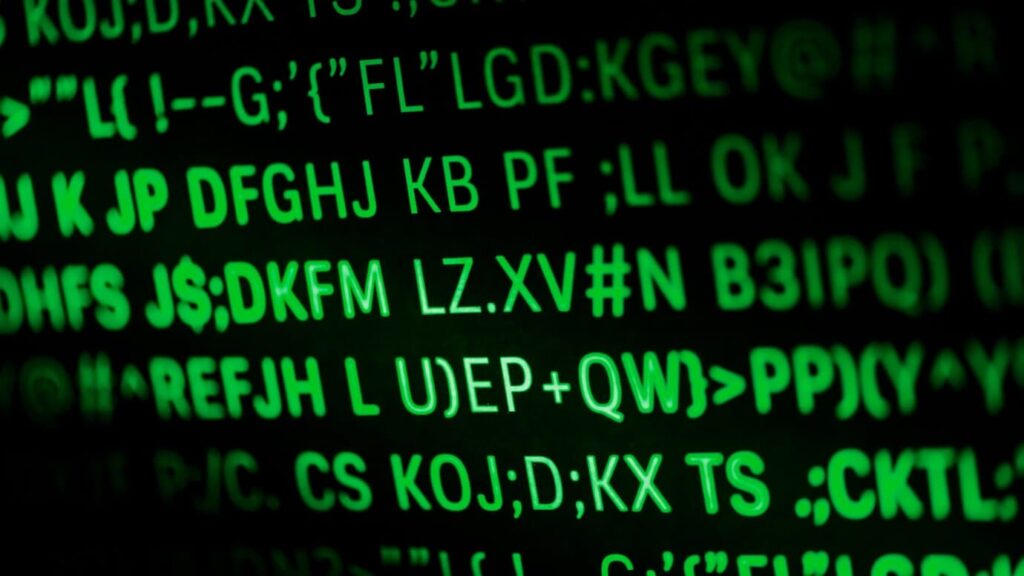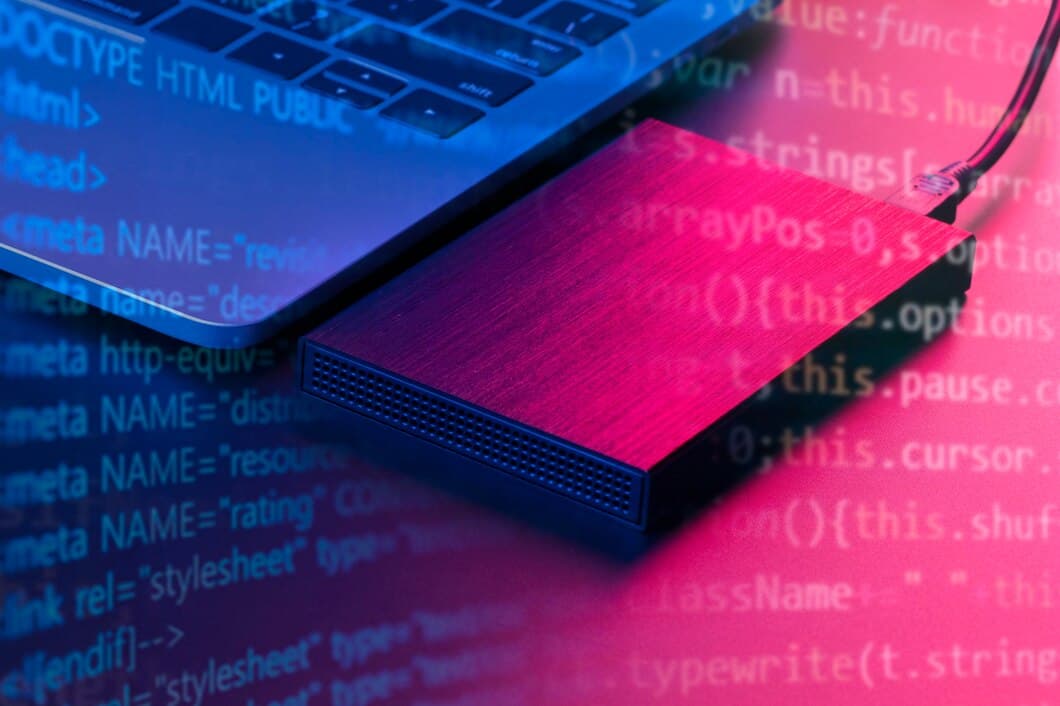In the realm of digital preservation, one of the most pressing challenges is ensuring that vintage software remains accessible and functional on contemporary hardware and operating systems. As technology rapidly evolves, many older applications become obsolete, incompatible, or difficult to run on modern platforms. For Linux users, Winepak offers a robust solution, enabling the execution of legacy Windows software on up-to-date Linux distributions. This article explores the importance of Winepak in digital preservation and provides insights into how it enables the use of vintage software on modern Linux systems.
Understanding the Importance of Digital Preservation
Digital preservation is the practice of maintaining and protecting digital content over time, ensuring its accessibility for future generations. While this often involves the archiving of documents, images, and other digital files, preserving the software that interacts with these files is equally critical. Without the ability to run original software, some digital artefacts may become inaccessible, leaving behind a gap in the historical record.
Older software is not just about functionality; it often represents a piece of history, reflecting the technological capabilities and design philosophies of its time. Therefore, preserving this software is akin to preserving a part of our digital heritage. However, as operating systems evolve, running vintage software on modern machines becomes increasingly difficult. This is where Winepak plays a crucial role.
What is Winepak and How Does It Work?
Winepak is a packaging format that allows Windows applications to be run on Linux systems through Wine, a compatibility layer capable of executing Windows applications. Wine itself has been a cornerstone for Linux users who need to run Windows software, but the process can be complex, often requiring specific configurations or additional software dependencies. Winepak simplifies this by packaging Windows applications in a format that includes all necessary dependencies, making them easily installable on Linux via Flatpak, a popular software deployment and package management system.
Winepak’s ability to encapsulate the complexities of running Windows software within a standardized package makes it an invaluable tool for digital preservation. By bundling applications with all their required components, Winepak ensures that these applications remain functional even as the underlying Linux system evolves. This not only makes it easier for users to run older software but also ensures that the software is preserved in a functional state for future use.
The Role of Winepak in Running Vintage Software on Modern Linux Systems

Running vintage software on modern systems is essential for several reasons, including research, education, and cultural preservation. For instance, historians and researchers may need to access old databases or use software to understand past technologies or to maintain and restore old digital works. Similarly, educators might use vintage software to teach students about the evolution of computing.
Winepak offers several advantages in this context:
- Compatibility and Accessibility: Winepak ensures that vintage software can be run on modern Linux distributions without extensive reconfiguration or compatibility issues. This is particularly important for software that was originally designed for older versions of Windows, which may no longer be supported by current systems.
- Preservation of Digital Heritage: By facilitating the use of vintage software, Winepak plays a crucial role in preserving digital heritage. Software from past decades, whether it’s a classic video game, a historical simulation, or a specialized database application, can be kept alive and operational on modern hardware.
- Ease of Use: Winepak packages are designed to be easy to install and use, reducing the technical barrier for users who may not be familiar with configuring Wine manually. This ease of use encourages more people to engage with digital preservation, whether they are archivists, educators, or hobbyists.
- Future-Proofing: As Linux distributions continue to evolve, Winepak helps ensure that vintage software remains compatible with these changes. By packaging software in a way that is decoupled from the specific versions of system libraries and dependencies, Winepak provides a layer of insulation against obsolescence.
Conclusion
In the landscape of digital preservation, Winepak stands out as a vital tool for maintaining access to vintage software on modern Linux systems. Its ability to simplify the process of running Windows applications on Linux, combined with its focus on packaging software in a way that is both compatible and future-proof, makes it an essential resource for anyone interested in preserving digital history. Whether you’re a researcher, educator, or simply a technology enthusiast, Winepak offers a practical solution to the challenge of keeping vintage software alive in an ever-changing digital world.
By ensuring that older software remains accessible and functional, Winepak contributes to the broader goal of digital preservation, safeguarding not just the data, but the tools needed to interact with it for generations to come.
